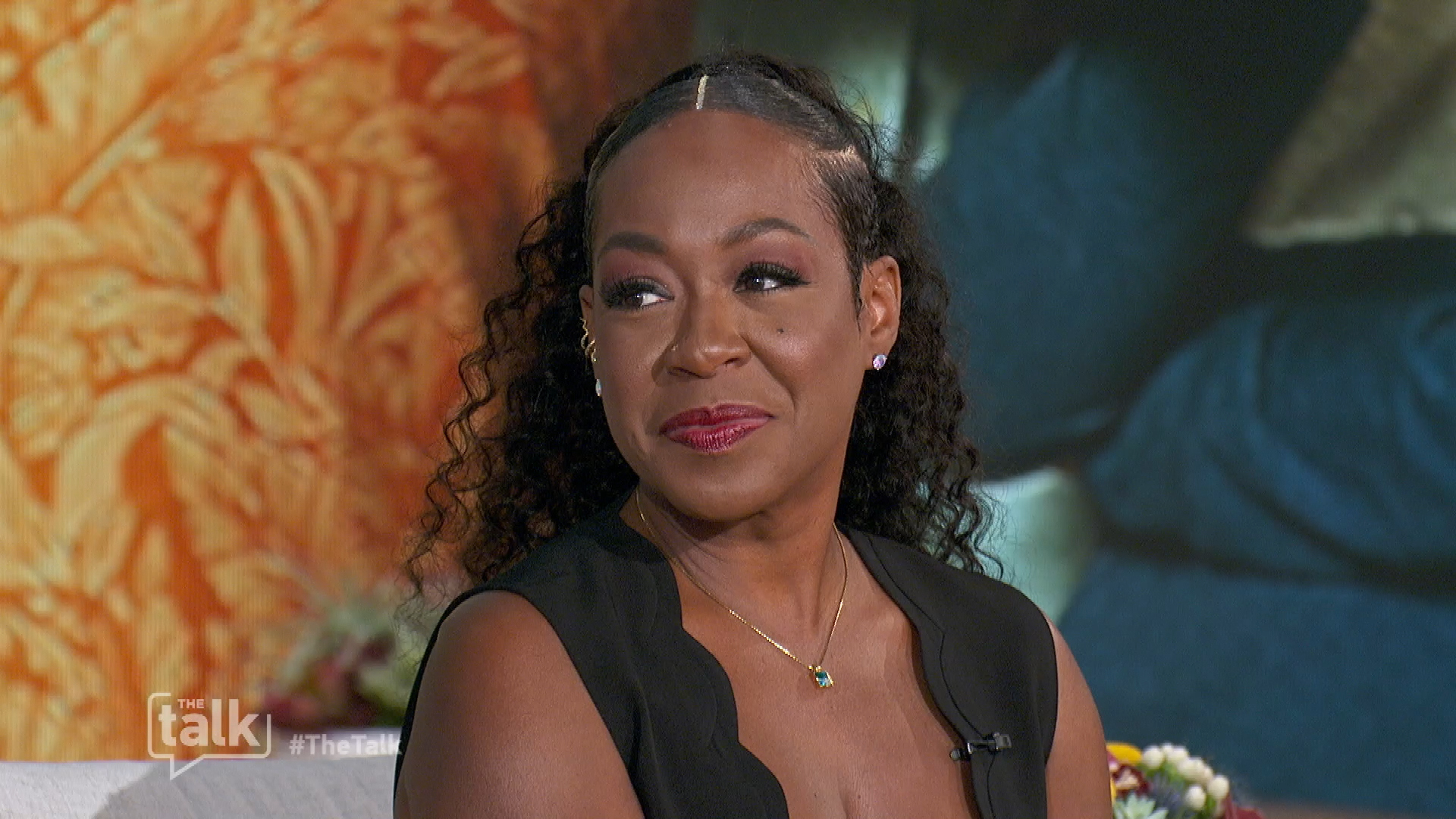Ever wondered why neighborhood talk is more than just gossip? It's not all about who's dating whom or whose dog barked all night. Neighborhood talk is actually a powerful tool that shapes community bonds, influences decisions, and keeps everyone connected. So, if you think it's just idle chatter, think again.
Let's be real here—neighborhood talk isn't just about passing time. Sure, it might start with someone mentioning how Mr. Thompson's roses look like they're thriving, but it can quickly turn into a deep conversation about the upcoming block party or the new zoning laws affecting the area. This kind of talk is essential because it fosters a sense of belonging and keeps everyone in the loop.
Now, don't get me wrong. I'm not saying every piece of neighborhood talk is gold. Sometimes, it's just plain old gossip. But when done right, it's a way for neighbors to share ideas, concerns, and even solutions to common problems. So, let's dive into why neighborhood talk matters, how it works, and how you can be a part of it without being that nosy neighbor everyone secretly loves to hate.
Read also:Sophia Lafortezza Unveiling The Rising Star Of The Digital Age
What is Neighborhood Talk All About?
At its core, neighborhood talk is simply the exchange of information among neighbors. But it's not just about exchanging; it's about building connections. Think of it as the glue that holds a community together. Whether it's a casual chat over the fence or a more formal meeting at the community center, neighborhood talk plays a vital role in shaping the dynamics of the area.
Here's the deal: neighborhood talk isn't just for nosy people. It's for anyone who cares about where they live. When you engage in these conversations, you're not just sharing updates; you're contributing to the overall well-being of your community. And let's face it, who doesn't want to live in a place where everyone looks out for each other?
Why Does Neighborhood Talk Matter?
Let's break it down. Neighborhood talk matters because it:
- Builds trust and understanding among neighbors.
- Keeps everyone informed about local issues and events.
- Encourages collaboration on community projects.
- Helps resolve conflicts before they escalate.
Imagine this: you hear through the grapevine that there's a proposal to build a new park in your area. Instead of waiting for the construction to start, you and your neighbors can discuss the pros and cons, voice your opinions, and even suggest improvements. That's the power of neighborhood talk right there.
How Does Neighborhood Talk Impact Community Life?
Community life thrives on communication, and neighborhood talk is a big part of that. It's like the nervous system of a neighborhood—keeping everything connected and functioning smoothly. When people talk, they share ideas, resources, and even emotional support. It's not just about discussing who's doing what; it's about creating a space where everyone feels heard and valued.
Take, for example, the recent neighborhood cleanup drive. It all started with a casual conversation at the local coffee shop. Someone mentioned how the park was looking a bit messy, and before you know it, half the block was out there picking up trash. That's the kind of impact neighborhood talk can have—it turns small ideas into big actions.
Read also:Nicole Chamoun The Rising Star In The Entertainment World You Need To Know
Who Drives Neighborhood Talk?
Not everyone is a natural-born chatterbox, but that doesn't mean they can't contribute to neighborhood talk. In fact, the most influential voices often come from unexpected places. It could be the quiet librarian who knows everyone's name or the retired teacher who's been living in the area for decades. The key is having a mix of personalities that bring different perspectives to the table.
Here's a fun fact: studies show that neighborhoods with active communication networks tend to have lower crime rates and higher property values. So, the next time you think about skipping that neighborhood meeting, remember that your voice matters. Even if you're not the one doing all the talking, your presence can make a difference.
The Role of Technology in Modern Neighborhood Talk
Let's be honest—technology has changed the game when it comes to neighborhood talk. Sure, there's still the good old-fashioned face-to-face conversations, but now we also have apps, social media groups, and email chains. These digital tools have made it easier than ever to stay connected, no matter where you are.
Take Nextdoor, for instance. It's like a virtual bulletin board where neighbors can post updates, ask questions, and share news. Whether it's about a missing pet or a sale at the local grocery store, Nextdoor has become a go-to platform for many communities. But with great power comes great responsibility, right? It's important to use these tools wisely and avoid spreading misinformation.
Pros and Cons of Digital Neighborhood Talk
Here's a quick rundown of the pros and cons of using technology for neighborhood talk:
- Pros: Instant communication, wider reach, and easier access to information.
- Cons: Risk of misinformation, lack of personal connection, and potential for online conflicts.
So, how do you strike the right balance? Simple—use technology as a supplement, not a replacement, for real-life interactions. After all, nothing beats a good old-fashioned chat over the fence.
Effective Strategies for Engaging in Neighborhood Talk
Now that we've established why neighborhood talk is important, let's talk about how to do it effectively. Whether you're a seasoned conversationalist or someone who prefers to keep to themselves, there are strategies you can use to make the most out of these interactions.
First things first—listen more than you talk. People love it when someone actually listens to what they have to say. It shows respect and builds trust. Second, be open-minded. You might not agree with everything you hear, but that's the beauty of diversity in a community. Lastly, don't be afraid to ask questions. Curiosity is a great conversation starter.
How to Start a Meaningful Conversation
Starting a conversation might seem daunting, but it doesn't have to be. Here are a few tips to help you break the ice:
- Compliment someone on their garden or home decor.
- Ask about their kids, pets, or hobbies.
- Share a piece of news or information relevant to the neighborhood.
Remember, the goal is to connect, not to interrogate. Keep it light and friendly, and you'll be surprised at how quickly a casual chat can turn into a meaningful conversation.
Common Misconceptions About Neighborhood Talk
There are a lot of misconceptions floating around about neighborhood talk. Some people think it's all about gossip, while others believe it's a waste of time. But the truth is, neighborhood talk is so much more than that. It's about building relationships, sharing knowledge, and creating a sense of community.
One common misconception is that you have to be outgoing or extroverted to participate. That's not true at all. Even introverts can contribute to neighborhood talk in their own way. Whether it's through a thoughtful comment or a well-placed smile, every little bit counts.
Debunking the Gossip Myth
Gossip gets a bad rap, and for good reason. But not all neighborhood talk is gossip. Sure, there might be some juicy stories floating around, but that's not the main focus. Most of the time, neighborhood talk is about sharing useful information and supporting each other. So, the next time you hear someone spreading rumors, gently steer the conversation back to more productive topics.
The Benefits of Active Participation in Neighborhood Talk
Active participation in neighborhood talk comes with a whole host of benefits. Not only does it make you feel more connected to your community, but it also gives you a voice in shaping the future of your area. Whether it's voting on new initiatives or simply sharing your opinions, your involvement matters.
Here's another fun fact: neighborhoods with high levels of social interaction tend to have happier residents. Who wouldn't want that? So, the next time you see your neighbor out watering their plants, don't hesitate to say hi. You never know where the conversation might lead.
How to Stay Informed Without Overloading
With so much information out there, it's easy to feel overwhelmed. But staying informed doesn't have to be a chore. Start by identifying the most reliable sources of information in your neighborhood. Is it the community newsletter? The local Facebook group? Or maybe just your next-door neighbor?
Once you've figured that out, set aside a few minutes each day to catch up on the latest news. And don't forget to share what you learn with others. Not only does it keep everyone in the loop, but it also strengthens your role as an active participant in neighborhood talk.
Challenges and Solutions in Neighborhood Talk
No community is perfect, and neighborhood talk is no exception. There are challenges to overcome, but with the right approach, they can be managed. One common challenge is dealing with conflicts. Whether it's a disagreement over parking spaces or a misunderstanding about noise levels, conflicts are bound to happen.
The key is to address them constructively. Encourage open communication, seek compromise, and involve mediators if necessary. Another challenge is ensuring inclusivity. Make sure everyone feels welcome to participate, regardless of their background or lifestyle.
Overcoming Communication Barriers
Language differences, cultural norms, and even personality clashes can create barriers to effective communication. Here's how to tackle them:
- Use simple language and avoid jargon.
- Be respectful of cultural differences and traditions.
- Practice active listening and empathy.
By addressing these barriers head-on, you can create a more inclusive and harmonious neighborhood environment.
The Future of Neighborhood Talk
As we move forward, the role of neighborhood talk is only going to become more important. With urbanization on the rise and communities growing more diverse, the need for effective communication has never been greater. The challenge lies in finding ways to adapt to these changes while preserving the core values of neighborhood talk.
So, what does the future hold? More innovative tools, increased focus on inclusivity, and a renewed emphasis on building meaningful connections. It's an exciting time to be part of a neighborhood, and the possibilities are endless.
How You Can Make a Difference
Here's the thing: you don't have to be a community leader or an expert in communication to make a difference. Every small action counts. Whether it's volunteering for a local event, organizing a potluck, or simply saying hello to a new neighbor, your efforts can have a ripple effect.
So, the next time you're tempted to dismiss neighborhood talk as trivial, remember this: it's the foundation of a strong, vibrant community. And who wouldn't want to be a part of that?
Conclusion: Embrace the Power of Neighborhood Talk
In conclusion, neighborhood talk is more than just idle chatter—it's a vital component of community life. By engaging in meaningful conversations, staying informed, and addressing challenges constructively, you can help create a neighborhood that thrives on connection and collaboration.
So, what are you waiting for? Head out there and start talking. Share this article with your neighbors, leave a comment, or join a local group. Together, we can make neighborhood talk the buzz everyone wants to be a part of.
Table of Contents
- What is Neighborhood Talk All About?
- Why Does Neighborhood Talk Matter?
- How Does Neighborhood Talk Impact Community Life?
- The Role of Technology in Modern Neighborhood Talk
- Effective Strategies for Engaging in Neighborhood Talk
- Common Misconceptions About Neighborhood Talk
- The Benefits of Active Participation in Neighborhood Talk
- Challenges and Solutions in Neighborhood Talk
- The Future of Neighborhood Talk
- Conclusion: Embrace the Power of Neighborhood Talk


